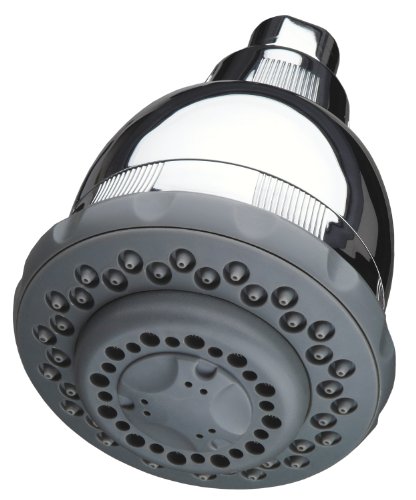What is Chlorine?
Chlorine is a naturally occurring element; symbol Cl, atomic number 17 on the periodic table. It’s a very dangerous toxin that has many uses, from disinfecting to bleaching. In small quantities, liquid and gas forms can be poisonous. In its gas form, chlorine is a pale green color and has a smelly odor and makes your breathing labored. In its solid form, it’s more of a yellow green color. It is abundant in nature in its chloride ion form found in many of the salts that are in the earth. Many animals, including humans need chlorine. But there is a limit to what we can physically tolerate.
How Am I Exposed to Chlorine?
Even taking a long bath or shower increases a person’s risk for chlorine exposure because chlorine can enter the body through skin absorption or through the eyes, nose, and ears.
 Culligan WSH-C125 Wall...
Best Price: $17.30
Buy New $31.31
(as of 09:40 UTC - Details)
Culligan WSH-C125 Wall...
Best Price: $17.30
Buy New $31.31
(as of 09:40 UTC - Details)
Chlorine has long been used to disinfect our drinking water because it controls the growth of such unwelcome bacteria as Ecoli and Giardia. You have to be careful also, to take precautions even when showering or drinking tap water.
3 Common Exposures to Chorine:
- Absorption through skin from water and from the air
- Drinking & Eating
- Breathing in the fumes that chlorine can create
It should be noted that the dangers of chlorine exposure also exist for people who do not normally swim, but instead choose to sit by the pool sunbathing or socializing. In some instances, non-swimmers have tested positive for high levels of trichloramines. What all of this means is that people need to be more aware of some of the seemingly innocent dangers that they are commonly exposed to. Chlorine, by many schools of thought, has become a dinosaur for swimming pool sanitation. There are alternative methods that can be used to keep pools disinfected, including silver-copper ion generators.
January 11, 2011





